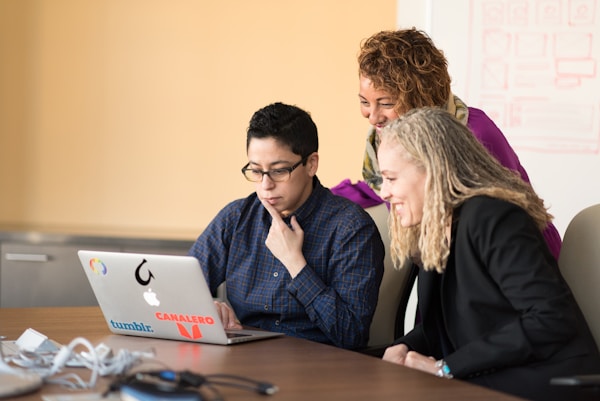Diversity and inclusion in the workplace are often used interchangeably, but they are two very different concepts. Diversity is about understanding and respecting the differences between people, while inclusion is about making sure everyone feels valued and has an equal opportunity to succeed.
Keep reading to learn more about diversity and inclusion in the workplace, including how to create a more inclusive environment.
What is diversity and inclusion?

In the business world, diversity and inclusion (D&I) is a term used to describe the various ways in which people are different, and how those differences can be leveraged to improve organizational performance. D&I initiatives work to create an inclusive environment where everyone — regardless of their background or identity — feels welcomed, respected, and valued.
There are many dimensions of diversity, including but not limited to: race, ethnicity, gender identity, sexual orientation, religion, socio-economic status, age, ability/disability status. Each of these factors can contribute to unique perspectives and insights that can benefit organizations. When employees feel comfortable being themselves at work and feel like their contributions are appreciated and recognized regardless of their background or identity, they are more likely to be engaged and productive.
How can leaders learn more about diversity and inclusion?
Diversity and equity podcasts are a great way to learn more about these topics. They provide insight from experts, as well as real-life examples of how organizations are implementing diversity and inclusion initiatives. Listening to podcasts can help you develop a better understanding of what diversity and inclusion mean in the workplace, and how you can create an inclusive environment in your own organization.
Another way to learn more about diversity and inclusion in the workplace is to read books or articles on the topic. There are many great books and articles on this topic, and they can provide you with a lot of valuable information.
Finally, you can also get involved in diversity and inclusion initiatives in your community or workplace. This can help you learn more about how to create an inclusive environment, and it can also help you build relationships with other people who are interested in this topic.
What is the goal of diversity and inclusion initiatives?

As organizations become increasingly diverse, the need for effective diversity and inclusion (D&I) initiatives becomes more important. The goal of D&I initiatives is not simply to tick a box or meet legal requirements; rather it is about creating a workplace culture that is truly inclusive for all. This requires ongoing effort and commitment from leaders at all levels of the organization.
Some steps that can be taken include establishing clear values and principles around diversity and inclusion, developing policies and procedures related to D&I that are communicated throughout the organization, creating training modules on diversity and inclusion that are mandatory for all employees, implementing programs or activities that celebrate difference (e.g., cultural events/festivals), and monitoring progress regularly through surveys/assessments designed to measure employee engagement levels as well as perceptions around diversity & inclusion.
Leaders at all levels of the organization must be committed to and involved in the success of D&I initiatives. It is not enough to simply have a few diversity champions in the organization; everyone must be on board with the goals of the initiative and be willing to take action to make the workplace more inclusive.
Creating a diverse and inclusive workplace is not a quick or easy process, but it is well worth the effort. Organizations that make diversity and inclusion a priority are more likely to attract and retain top talent, which can lead to improved business performance.
Overall, defining diversity and inclusion in the workplace is important because it can help create a more inclusive and welcoming environment for all employees. By working to understand and embrace the diversity of employees, organizations can create a more productive and successful workplace.


